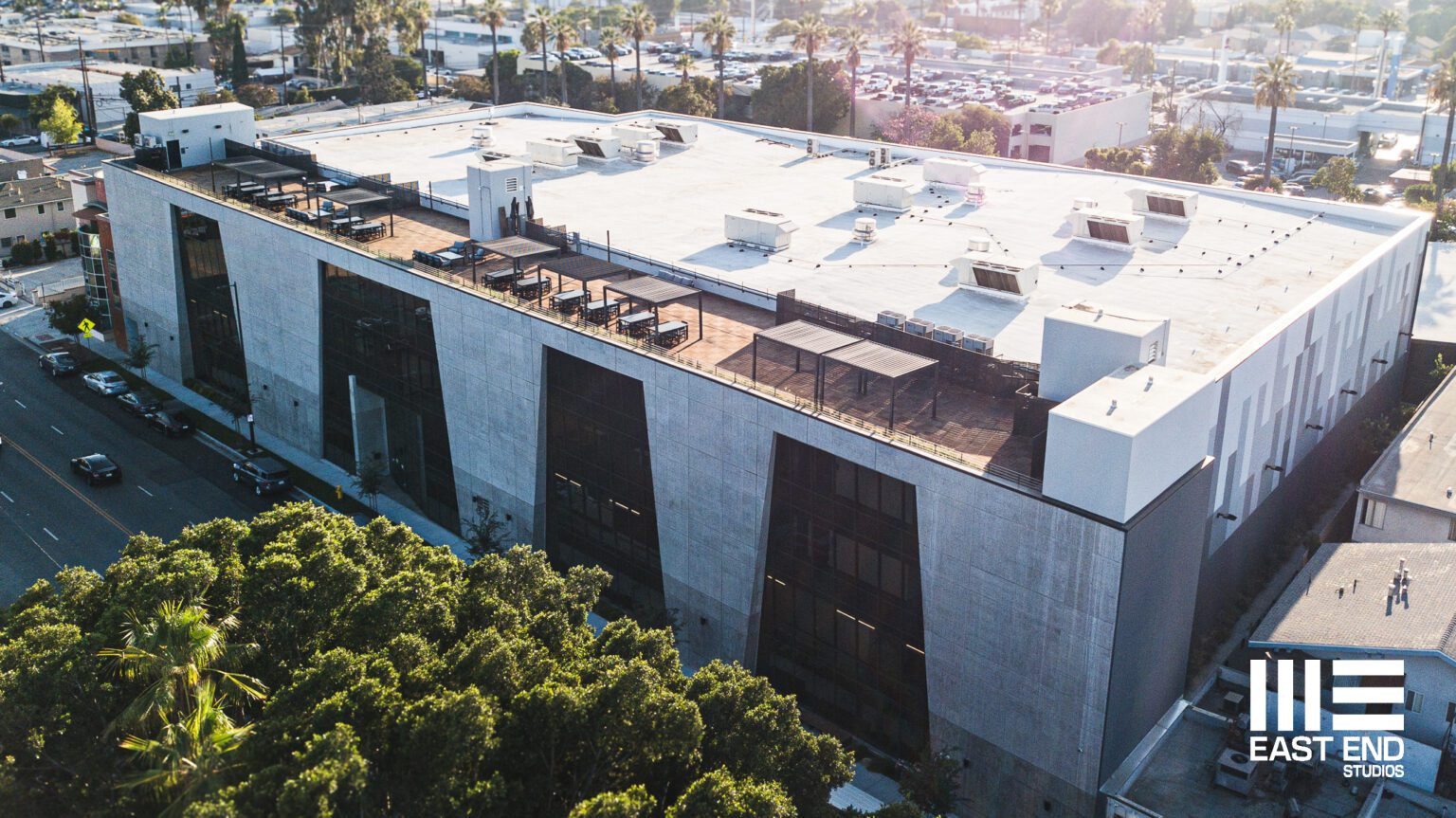Disney has revealed that it spent more than $270 million on making The Marvels, the latest instalment in its Marvel Comics superhero saga, which will be released in theaters in November.
The blockbuster budget is disclosed in company filings released yesterday by the Disney subsidiary which made the movie.
They show that over the two-year period from the incorporation of the company to September 30, 2022, it spent $274.8 million (£221.8 million) and banked a $55 million (£44.4 million) subsidy from the government of the United Kingdom where the movie was made. This brought its net spending down to $219.8 million meaning that the movie will have to gross at least $439.6 million at the box office to break even as studios get around half of theater takings. Passing this threshold might not be child’s play.
The movie is helmed by Nia DaCosta and stars Oscar-winner Brie Larson as Captain Marvel — a former fighter pilot who gets superpowers from an alien artifact. She is joined by 21 year-old newcomer Iman Vellani and Teyonah Parris — stars of Disney’s acclaimed streaming shows, Ms. Marvel and Wandavision respectively.
DaCosta is famous for directing 2021 horror hit Candyman which is a world away from The Marvels. Trailers for the Marvel movie show that it is a slapstick sci-fi as the trio of stars change places involuntarily whenever they use their powers. On paper, it looks like a sure-fire hit as the film is the sequel to 2019’s Captain Marvel which grossed $1.1 billion at the box office.
However, theater-goers appear to have reassessed their priorities since then. In the early days of the pandemic they had to decide whether their desire to see a film outweighed the risk of being stuck in a room for hours near to potentially-infected people.
It acted as a quality filter and although the risk from a theater visit has greatly reduced, the change to the public’s decision-making process appears to have remained. There is good reason for this. It is harder for theaters to convince people to part with their money now than in years gone by because they have less of it in their pocket due to inflation.
Audiences are prepared to pay up but not to watch more of the same kind of films that they have seen already. They are looking for something different and the recent ‘Barbenheimer’ phenomenon is testimony to this. It also explains why the last Marvel movie which grossed more than $1 billion for Disney was Avengers: Endgame back in 2019. This backdrop isn’t the only reason why The Marvels might need a lot of muscle to make an impact.
Marvel’s latest big screen production was February’s Ant-Man and the Wasp: Quantumania which grossed a measly $476.1 million despite introducing the villain at the heart of the superhero saga’s next series of films.
The takings were barely enough to cover the pre-production and filming of the movie which came to $193.2 million as we revealed.
Quantumania is set in an alien world so it is set to have a punchy post-production bill. It didn’t do the trick as the film was derided for having sub-standard visual effects. This contributed to it earning the unfortunate milestone of being Marvel’s lowest-rated sequel on review aggregator Rotten Tomatoes with a critics score of just 46%.
Its score was low but not as low as the one for the latest instalment in the inter-connected Marvel Cinematic Universe. This came in July when the finale of Secret Invasion scored just 7% on Rotten Tomatoes making it the single lowest-rated episode of any Marvel streaming series. Worryingly, the story behind The Marvels is believed to pick up where Secret Invasion left off.
As we revealed, Secret Invasion cost a staggering $211.6 million to make as its blockbuster budget was born in the days of the pandemic when the world was stuck indoors craving new streaming content. Disney was desperate to add new shows to its platform in a bid to attract more subscribers than its rivals and no expense was spared.
Disney’s chief executive Bob Iger was brought back to the helm of the media giant in November last year to rein in the spending. He then cut 7,000 jobs and saved $5.5 billion of costs. Marvel wasn’t immune to it.
In February Iger explained that Disney needs to “reduce costs on everything that we make because, while we’re extremely proud of what’s on the screen, it’s gotten to a point where it’s extraordinarily expensive.” It prompted Marvel Studios president Kevin Feige to say that “the pace at which we’re putting out the Disney+ shows will change so they can each get a chance to shine.” He added that this means both having more time between projects and putting out fewer each year.
The Marvels was given the green light before the spending tap was turned off and it shows.
Movie budgets are usually kept a closely-guarded secret as studios tend to absorb the cost of individual pictures in their overall expenses and don’t itemise how much they spent on each one. Movies made in the United Kingdom are an exception and The Marvels is one of them.
Studios are prepared to put up with greater levels of disclosure in the UK because they benefit from the government’s Film Tax Relief scheme. This gives them a cash reimbursement of up to 25% of the money spent in the UK provided that it represents at least 10% of the film’s total costs.
In order to demonstrate this to the government, studios set up separate companies to make each film and they have to file financial statements showing everything from staff numbers, salaries and costs, to the amount of the subsidy they receive.
The companies usually have code names so that they don’t raise attention when filing for permits to film on location. The Marvels was made by Disney’s UK subsidiary Warbird Productions II UK in a nod to the former job of Larson’s character.
Although The Marvels is partly set in space, it was largely shot at Pinewood Studios and Longcross Studios just outside London with additional filming done on location in Italy and the United States. It wrapped in May last year and the latest financial statements were drawn up four months after that.
They reveal that the movie’s “cost was forecasted to be in line with the production budget.” One of the biggest single expenses was the $29.9 million (£24.1 million) spent on staff which peaked at 240 people in 2021 without even including freelancers or agency workers who represent the majority of the crew.
Filming in the UK doesn’t just generate jobs for locals, it also drives spending on services such as security, equipment hire and special effects. In return for filming in the UK, Disney was handed the $55 million subsidy bringing its net spending down to $219.8 million. It is expected to soar in the next set of financial statements as almost a year of post-production and extensive reshoots took place after the latest financial statements were filed.
According to Deadline, The Marvels is set to break the record for the biggest-budgeted film directed by a black woman. When DaCosta got the job in 2020 she had just turned 30 which also made her Marvel’s youngest-ever director and the first black woman to helm one of its films.
Candyman hadn’t been released yet and DaCosta only had one feature under her belt, an indie reportedly made for less than $1 million. The budget of The Marvels is much more punchy and time will tell whether it makes a bigger impact than its prequel.
Article originated in: Forbes
















